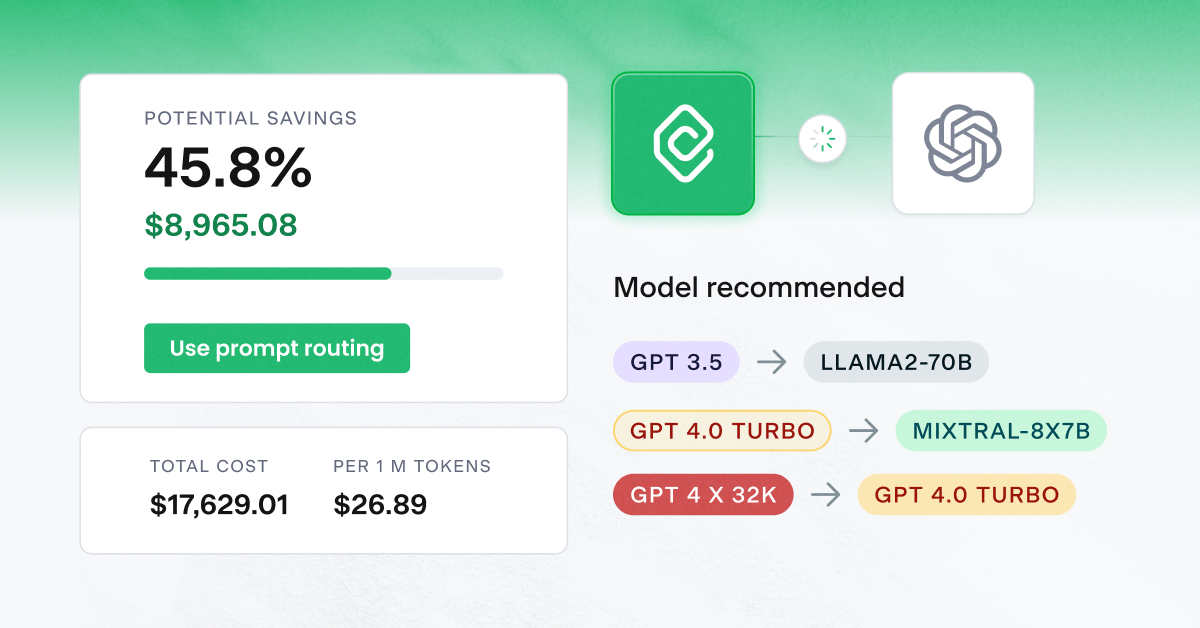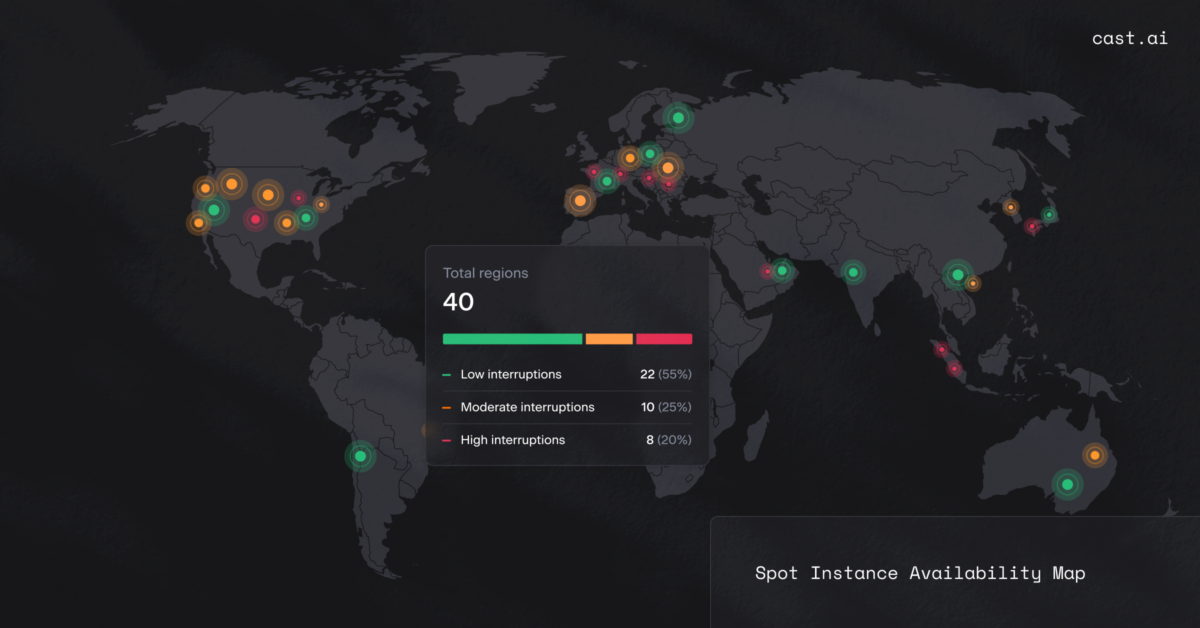February was a dynamic month in the cloud space, that’s for sure.

This series explores the most interesting cloud technology news, bringing you up to speed with the latest releases, acquisitions, research, and hidden gems in cloud computing – the stuff actually worth reading.
What happened in the cloud world this February? Keep on reading to find out!
_____
Story of the Month: As the Cloud Accelerates, It Becomes More Complex
Gartner’s cloud shift research showed that by 2025, over half of IT spending across applications, infrastructure software, business process services, and system infrastructure would move to the public cloud (compared to 41% in 2022).
This means that 66% of expenses will be directed toward cloud technologies in 2025 – rising from 57.7% in 2022.
The cloud is the future, and we all knew it was coming. But does this mean organizations need to start looking at cloud computing and its costs differently?
Companies may lack an internal understanding of how employees use public cloud services. It’s very easy for practically anyone in a company to use such a solution.
As the shadow IT problem increases, we’re bound to see more interest in cost optimization and monitoring tools that help to keep cloud expenses in check.
Okta’s annual Business at Work report highlighted how organizations use public cloud resources today.
The report shows that cloud migration isn’t just increasing – it’s growing faster than expected and becoming more complex with multi cloud and hybrid cloud.
Most companies turn to AWS, which has grown 32% this year and exceeded the number of Microsoft Azure customers six-fold. However, it’s Google Cloud Platform that is growing the fastest – noting a smashing 365% growth from 2018.
A combination of AWS and GCP is the favorite match for multi cloud setups – the percentage of customers deploying both has more than doubled since 2018 (from 1.2% to 2.6%).
So, if companies are spending more on the public cloud and these services are becoming more complex, how can you plan for that now?
Since the public cloud use will grow within multi cloud deployments, IT teams need to learn how to deal with that complexity.
The good news is that you can hide the complexity by using abstraction and automation to create a layer on top of your cloud infrastructure for a more manageable and cost-optimized experience.
_____
The Business of Cloud
Amazon shared its revenue this month, and the stock soared. Its $30 billion advertising revenue is bigger than YouTube or the global newspaper industry. Add to that cloud bills that just keep getting bigger, so no surprise.
Source: CNBC
Nvidia’s $40bn takeover of UK chipmaker Arm collapses https://t.co/mQhLvbxAQa
— The Guardian (@guardian) February 8, 2022
Chip news! Nvidia abandoned its ARM purchase from Softbank, facing concerns from competition regulators across multiple countries. The sudden rise of TSMC and the supply chain troubles made everyone aware that granting too much chip power to a single company is tricky.
Following Intel and US government investment announcements in January 2022, the EU has announced the European Chips Act that proposes a whopping €43 billion of investment into semiconductor research and production over the next decade.
Meanwhile, France has quietly nationalized one of its largest chip companies Soitec to stop Chinese control.
Prepare for SSD prices to go up. Western Digital lost 6.5 billion gigabytes of NAND chips due to manufacturing contamination.
Another chip supply chain crisis is on its way, courtesy of Russia invading Ukraine. The latter is responsible for more than 90% of the high-grade neon in gas-phase lasers US semiconductor companies use to manufacture chips. We’ve already seen neon prices soar during the 2014 invasion, so this war will likely have an impact as well.
Sources: TechCrunch, EU, Fabricated Knowledge, The Verge, Fierce Electronics
Kubernetes use is growing and 90% of users of this container orchestration solution also choose cloud-managed services, up from 70% in 2020. The most popular ones are Amazon EKS, Microsoft Azure AKS, and Google’s GKE.
Source: CNCF 2021 Annual Survey
_____
Security & Outages
Roblox has now been down for 43 hours. #Roblox #RobloxDown
— Roblox Status (@RobloxUptime) October 30, 2021
In late October 2021, Roblox suffered a three-day-long downtime. The site attracts some 50 million gamers every day, so you can only imagine the level of frustration there. Roblox and HashiCorp put in massive effort to fix the root causes of this disruption, and the former shared it in an informative post on their blog. A great troubleshooting model for any company running a large-scale IaC installation or using containers/microservices a lot.
Source: Roblox
Scan some public AWS IP ranges, and you might discover a few open databases. Or a few thousand. This isn’t the fault of AWS since the issue applies to the customer side of the shared responsibility model, but it’s still shocking.
As ProPublica showed, companies still leave lots of sensitive data unprotected, no matter how many data breaches and thefts happen in their industries.
For example, 3TB worth of airport employee records were exposed because the company managing this didn’t secure one of the AWS S3 buckets properly.
At this point, you’re likely asking yourself this question: why do S3 breaches keep on happening? The forensic scientist and security leader Mark Nunnikhoven has a potential answer: confusion around the proper use and configuration of IAM.
Source: Infosec Write-Ups, ProPublica, ZDNet, Mark Nunnikhoven blog
Nvidia had to resign from its ARM ambitions, but it definitely showed us how to retaliate when ransomware hits you. The company was the target of a cyber attack and hacked the attackers back spectacularly.
Source: Hot Hardware
_____
Meanwhile at CAST AI
Here are some new product features hot off the press:
- You can now export findings from the Available Savings report into PDF and share it with your team.
- In the report, you can now see compute resources in a more detailed way – they’re broken into categories based on instance lifecycle type: spot, on-demand, fall-back (a temporary on-demand instance while spot is not available).
_____
Get the next portion of cloud technology news directly to your inbox.
Get curated cloud industry news straight to your inbox
A monthly roundup of the most notable things going on in the cloud industry. Subscribe below and stay up to date.





Leave a reply